Easy guides for pregnant women with learning disabilities well received
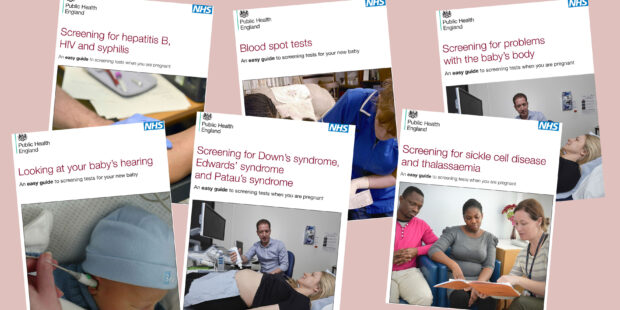
The Screening tests for you and your baby: easy guides have been well received by health professionals and the public, an evaluation project has found.

The Screening tests for you and your baby: easy guides have been well received by health professionals and the public, an evaluation project has found.
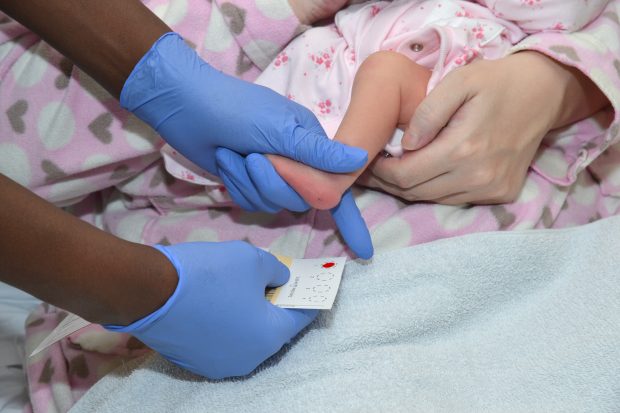
New blood spot cards will start to be used from mid-October 2018.
...2018, the question ‘Do you know if you are a sickle cell or thalassaemia carrier?’ was added to the trust’s online self-referral form and it seems to be transforming early...

We are running a series of workshops about a review being carried out as part of the NHS infectious diseases in pregnancy screening programme.
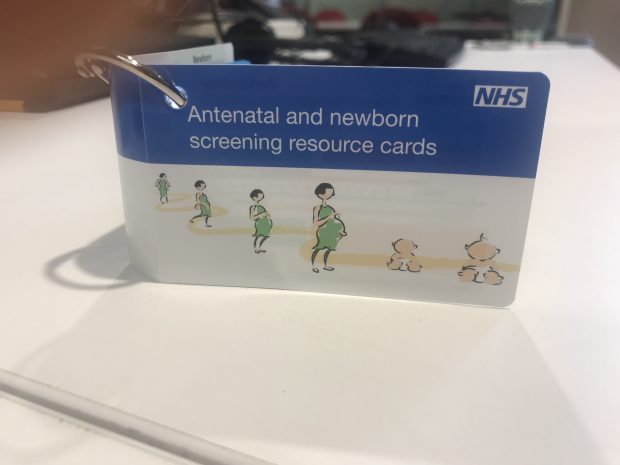
Information about replacing our credit card sized collection of plastic resource cards which support midwives in their conversations about screening with women and their families, to facilitate informed choices.
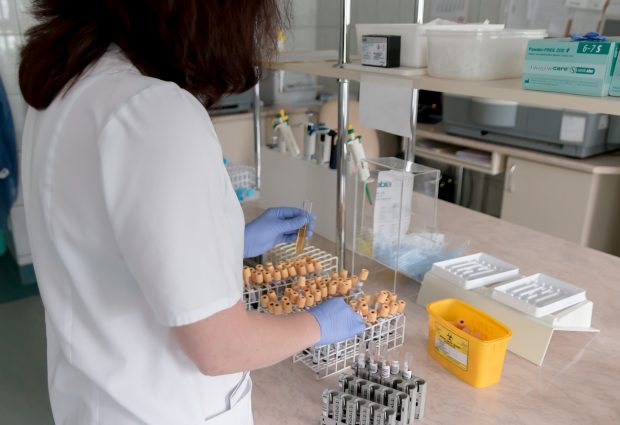
One of the main roles of Public Health England's (PHE) screening quality assurance service (SQAS) is to carry out formal visits to antenatal and newborn screening services. SQAS works with professional and clinical advisors when visiting laboratories providing screening tests for: …
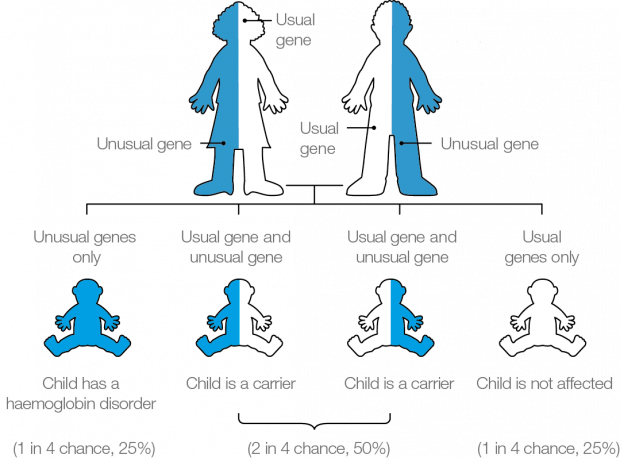
We are pleased to announce the publication of the updated sickle cell and thalassaemia (SCT) screening handbook on GOV.UK. Thank you to everyone who took part in the consultation earlier...

The NHS Fetal Anomaly Screening Programme wants to know how cascade training has impacted on the knowledge and confidence of participants who discuss the offer of screening for Down’s syndrome, Edwards’ syndrome and Patau’s syndrome with women.

We have published new guidance that describes the checks and audits needed for antenatal and newborn screening pathways.
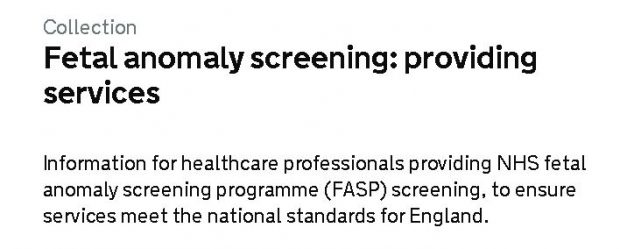
One of the questions health professionals regularly ask us via our screening helpdesk is ‘to whom and when can screening for Down’s, Edwards’ and Patau’s syndromes be offered?’